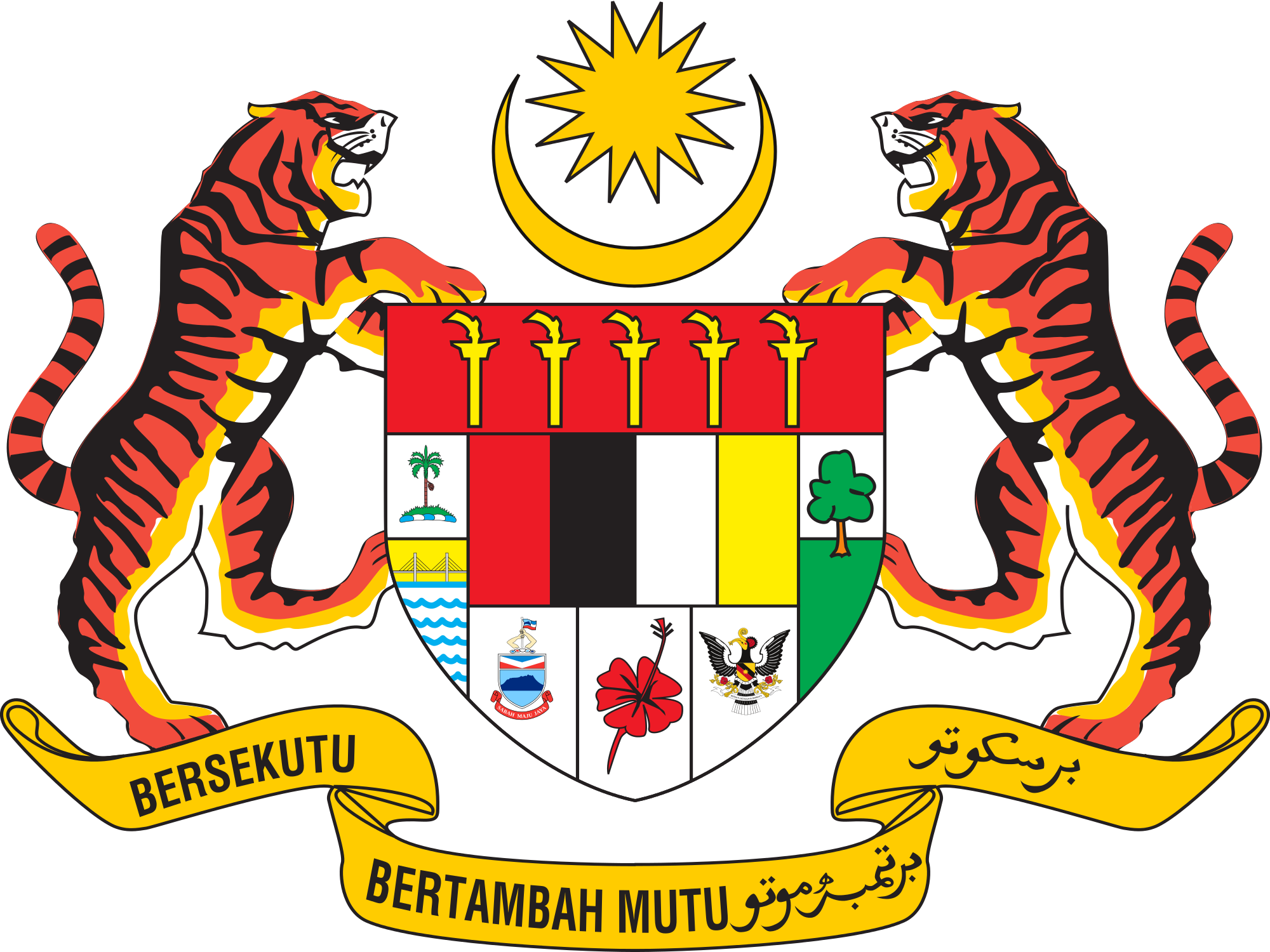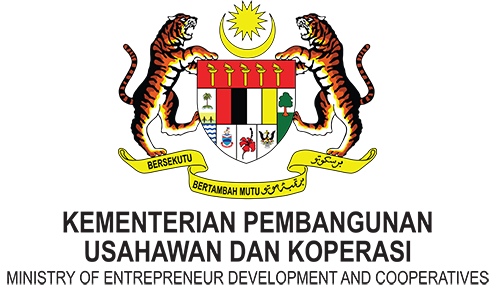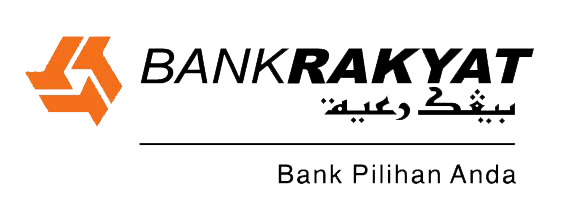Given that there have been many developments in the economy since 2005 such as price inflation, structural changes and change in business trends, a review of the definition was undertaken in 2013 and a new SME definition was endorsed at the 14th NSDC Meeting in July 2013. The definition was simplified as follows:
|
A business will be deemed as an SME if it meets either one of the two specified qualifying criteria, namely sales turnover or full-time employees, whichever is lower.
Details of the new definition are as follows:
Definition by Size of Operation
- Microenterprises across all sectors: Sales turnover of less than RM300,000 OR less than 5 full-time employees.
- Table 1 on page 2 summarises the definition for the small and medium categories for the respective sectors.
Table 1: Definition by Size of Operation
|
Category
|
Small
|
Medium
|
| Manufacturing | Sales turnover from RM300,000 to less than RM15 million OR full-time employees from 5 to less than 75 | Sales turnover from RM15 million to not exceeding RM50 million OR full-time employees from 75 to not exceeding 200 |
| Services & Other Sectors | Sales turnover from RM300,000 to less than RM3 million OR full-time employees from 5 to less than 30 | Sales turnover from RM3 million to not exceeding RM20 million OR full-time employees from 30 to not exceeding 75 |
- If a business fulfills either one criteria across the different sizes of operation, then the smaller size will be applicable. For example if a firm’s sales turnover falls under microenterprise but employment falls under small, the business will be deemed as a microenterprise.
Classification of Sectors
- ‘Manufacturing’ refers to physical or chemical transformation of materials or components into new products.
- ‘Services’ refer to all services including distributive trade; hotels and restaurants; business, professional and ICT services; private education and health; entertainment; financial intermediation; and manufacturing- related services such as research and development (R&D), logistics, warehouse, engineering.
- ‘Others’ refer to the remaining 3 key economic activities, namely:
- Primary Agriculture
– Perennial crops (e.g. rubber, oil palm, cocoa, pepper) and cash crops (e.g. vegetables, fruits etc.)
– Livestock
– Forestry & logging
– Marine fishing
– Aquaculture - Construction
– Infrastructure
– Residential & non-residential
– Special trade - Mining & quarrying
Classification of economic activities for purposes of definition will be based on the Malaysian Standard Industrial Classification (MSIC) 2008 codes as per Annex 1. This is to ensure comparability of data from various sources and to facilitate data harmonisation across the various providers of SME statistics. However, the list of activities is not exhaustive and may be subject to amendments from time to time.
Details of Qualifying Criteria
- Sales turnover refers to total revenue including other incomes.
- Full-time employees include all paid workers working for at least 6 hours a day and 20 days a month; or at least 120 hours a month. Full-time workers also include foreign and contract workers. However, the definition excludes working proprietors, active business partners and unpaid family members or friends who are working in the business and do not receive regular wages.
- ‘OR’ basis means that a business will need to satisfy either one of the two criteria used in the definition (whichever is lower).
- If a business exceeds the threshold set under both criteria for 2 consecutive years (based on its financial year/ accounting period) then it can no longer be deemed as SMEs. Similarly, a business that is previously large can become an SME if it fulfills the qualifying criteria of SMEs for 2 consecutive years.
- For statistical purposes, all business establishments including foreign businesses that fulfill the SME definition will be classified as SMEs.
For more information, please refer to the Guideline on New SME Definition






















